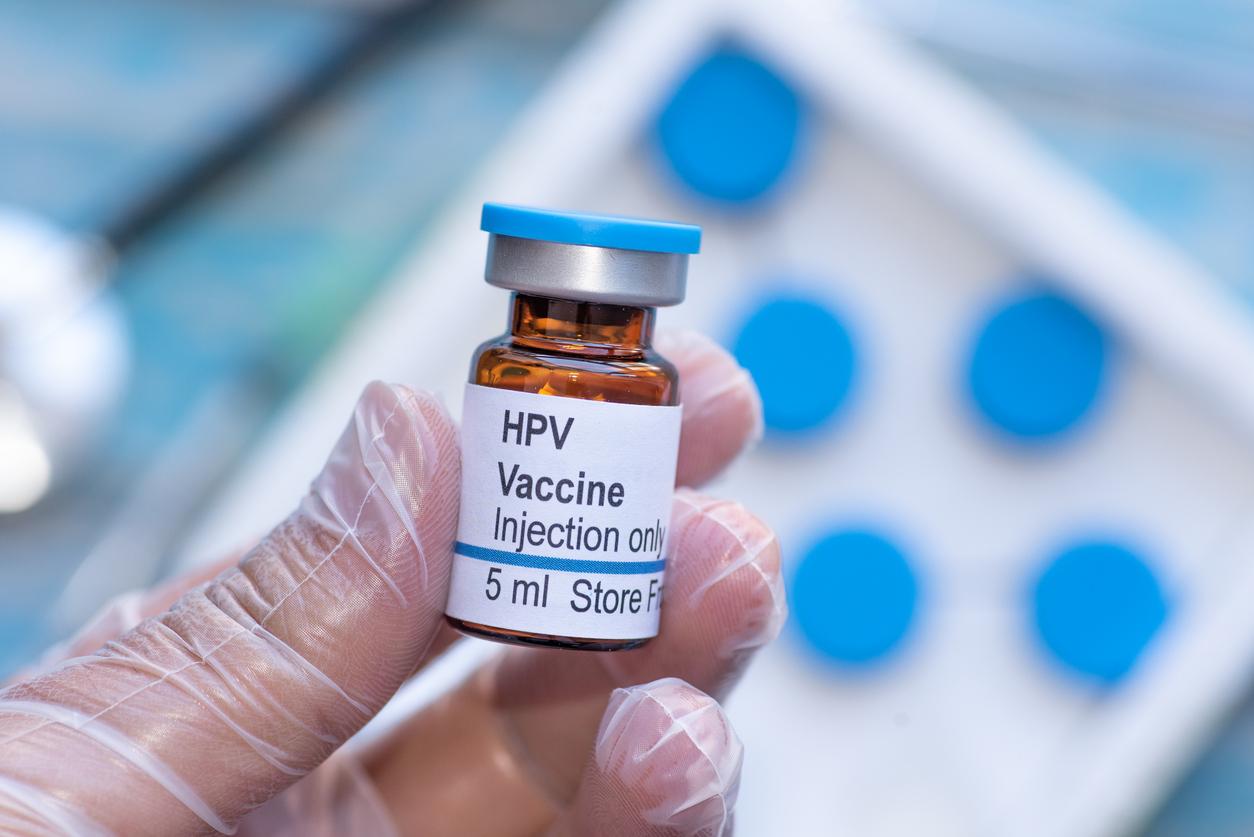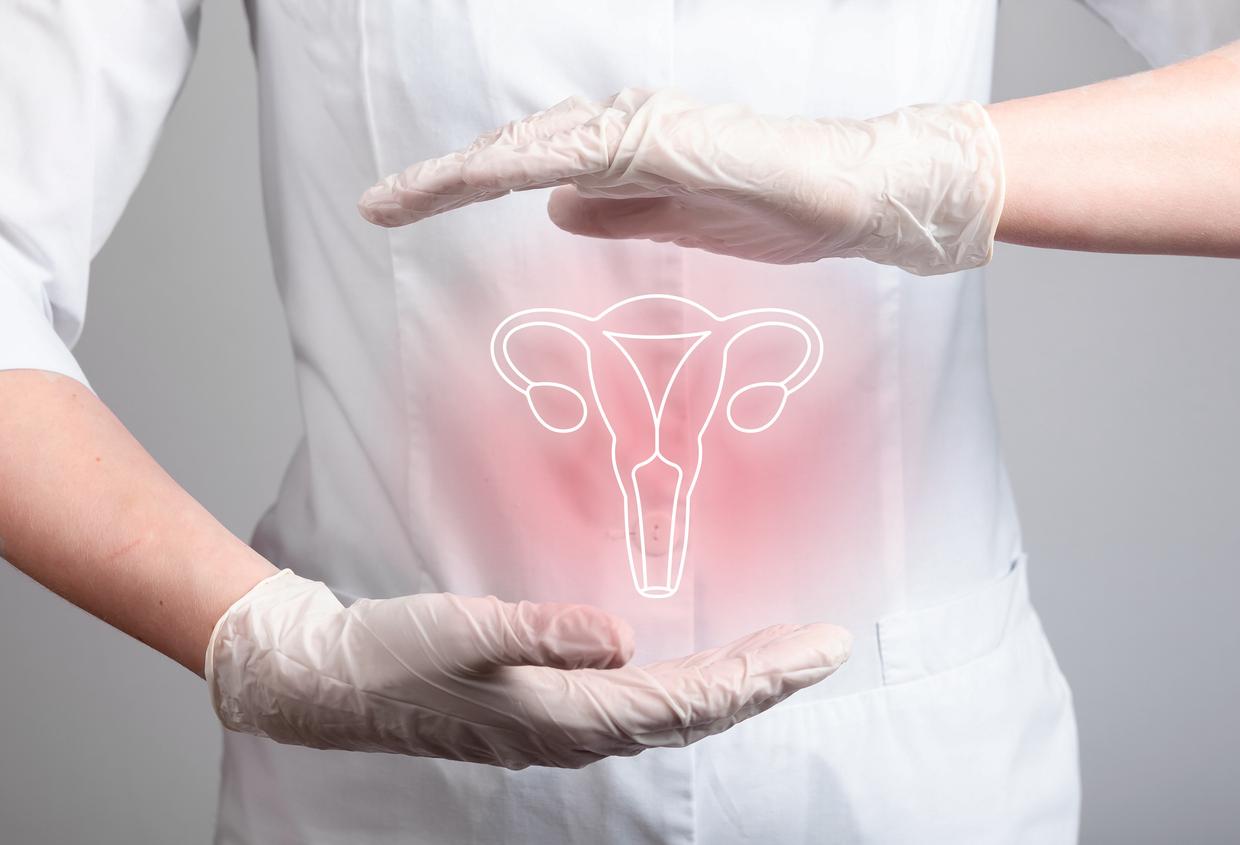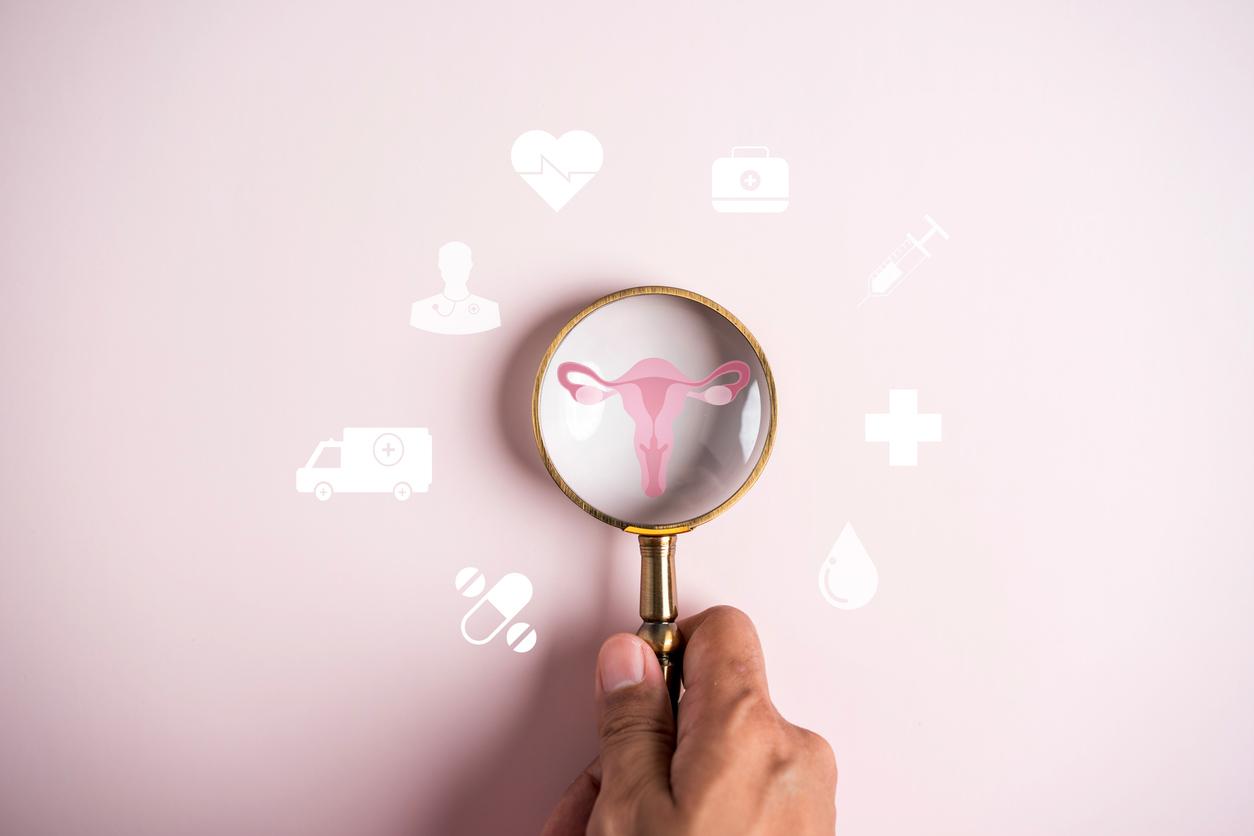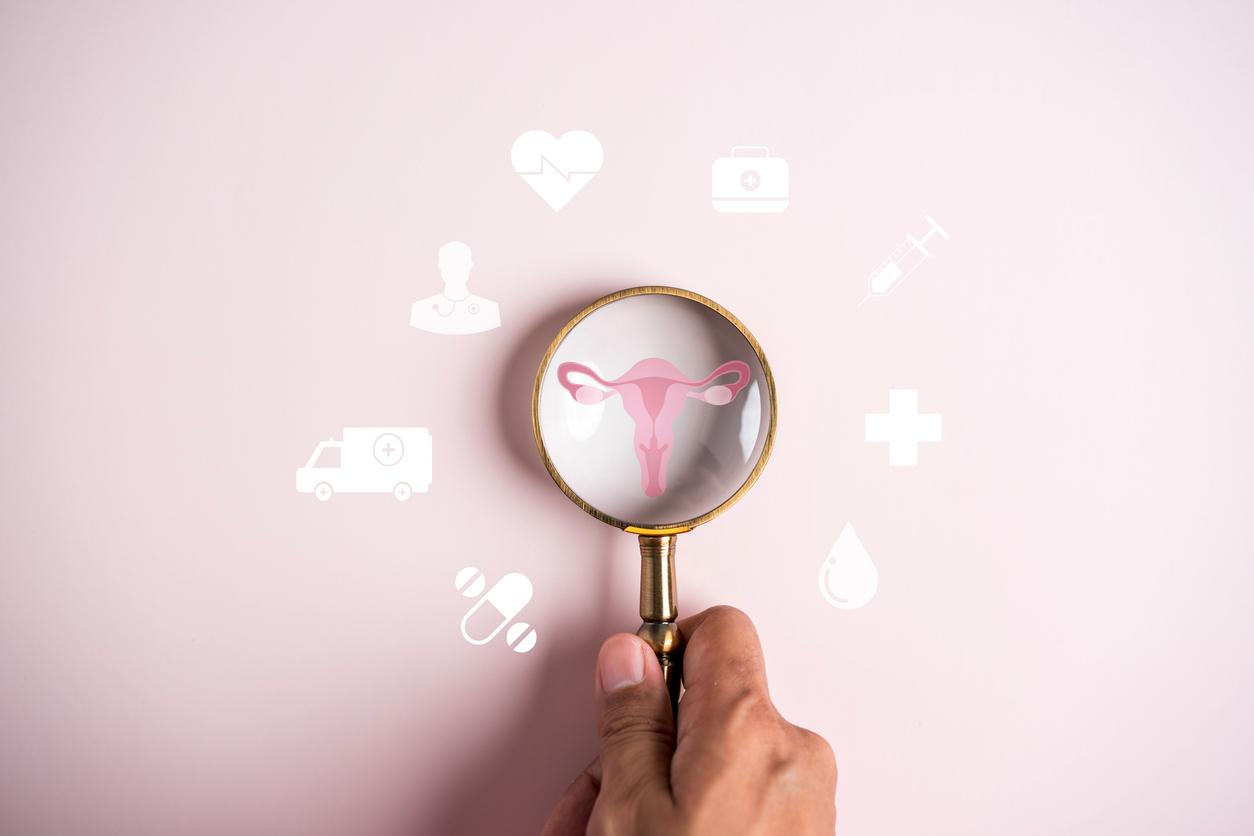The HPV test is still reimbursed by health insurance and should make it possible to optimize screening for cancer of the cervix. Professor Xavier Carcopino, vice-president of the French Society of Colposcopy and Cervicovaginal Pathology (SFCPCV) explains to us what will change for women and their doctors.

- The HPV screening test is now reimbursed by health insurance
- Women will have access to improved cervical cancer screening
- Eventually, the HPV test could reduce the incidence of this cancer which kills 1,000 women each year
Between 2,800 and 3,000 new cases of cervical cancer are diagnosed each year in France. What is the origin of this cancer?
Cervical cancer is the consequence of a viral infection with papillomavirus (HPV). This is the main cause: it is found in 99% of cases. Paradoxically, this virus is very common, almost everyone catches it and eliminates it naturally when the immune system is doing its job well. In the opposite case, the virus generates a pre-cancerous lesion which can evolve into cancer when it is not detected. For example, it is estimated that a young woman aged 25 who has had two partners has an 85% chance of having already been infected.
How is it detected and diagnosed?
The signs of cervical cancer are abnormal bleeding, mainly during intercourse, unpleasant odors and later pain. At this stage, we face an already very serious illness. At the time of screening, that is to say when looking for possible pre-cancerous lesions, patients are asymptotic and do not realize that they are sick.
The high prevalence of HPV complicates screening because when it is detected we do not know if it has been there for a short time and is about to be eliminated by the immune system, or has been present for a long time, i.e. say persistent, having therefore caused a pre-cancerous lesion and can lead to cancer. It is important to specify that one can be infected, without having a lesion. It is necessary to carry out a colposcopy to find out if there is one, that is to say to examine the cervix with a magnifying glass and to take biopsies of the abnormal zones.
The oncogenic human papillomavirus (HPV) detection test for women aged 30 to 65 is now reimbursed by National Health Insurance. Concretely, how is the test carried out?
This is exactly the same cervico-uterine sample as for a Pap smear: the surface of the cervix is scratched very lightly. What differs are the tests subsequently carried out on the sample. In the case of a smear, we look at the appearance of the endocervical cells under the microscope. In the case of an HPV test, only the presence of the virus is sought. Nevertheless, unlike the smear which must be carried out every two years on average, the HPV test can be done every 5 years when it is negative or positive without lesion.
What will this change for women and their doctors?
It will not change much for women: they must consult their gynecologist every year anyway (contraception, follow-up, etc.). The charge remains the same. What will change is that they will take this test from the age of 30, every 5 years, up to the age of 65, and they will benefit from better protection against cancer of the cervix. Even if their test is negative and she catches HPV a week later, their immune system does not eliminate it and it causes a pre-cancerous lesion, it will be detected and treated 5 years later. This is not a problem, because cervical cancer takes 10 years to develop.
However, the risk of having an abnormal result will now be greater, because the virus is frequent. The care and follow-up of patients will be turned upside down, it will be necessary to reassure those who will have the papillomavirus without lesion, explain to them that they are not at risk and answer their questions. For this, doctors must be trained so that they have sufficient knowledge of the subject to inform and reassure their patients. We are talking here about the 5,000 gynecologists, but also general practitioners and midwives, who will also be able to carry out HPV tests in regions where women do not have access to a gynecologist.
What can we expect with the reversal of the HPV test?
Reimbursement will allow us to offer the most effective screening test to women. It’s a real plus. Combining screening by HPV test and vaccination, which I remind you has been extended to boys, is a real step forward. According to several solid studies, we can reduce the incidence of cancer of the cervix. The performance of the HPV test is no longer questionable, all countries are turning to it: it will no longer be a smear, but an HPV test, which does not change anything for women, except that they will have access better quality screening, optimized screening.

.

















